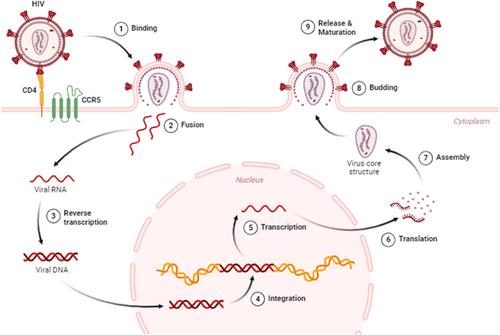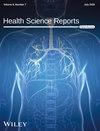HIV vaccination: Navigating the path to a transformative breakthrough—A review of current evidence
Abstract
Background and Aim
Human immunodeficiency virus (HIV) remains a significant global health challenge, with approximately 39 million people living with HIV worldwide as of 2022. Despite progress in antiretroviral therapy, achieving the UNAIDS “95-95-95” target to end the HIV epidemic by 2025 faces challenges, particularly in sub-Saharan Africa. The pursuit of an HIV vaccine is crucial, offering durable immunity and the potential to end the epidemic. Challenges in vaccine development include the lack of known immune correlates, suitable animal models, and HIV's high mutation rate. This study aims to explore the current state of HIV vaccine development, focusing on the challenges and innovative approaches being investigated.
Methods
In writing this review, we conducted a search of medical databases such as PubMed, ResearchGate, Web of Science, Google Scholar, and Scopus. The exploration of messenger ribonucleic acid vaccines, which have proven successful in the SARS-CoV-2 pandemic, presents a promising avenue for HIV vaccine development. Understanding HIV-1's ability to infiltrate various bodily compartments, establish reservoirs, and manipulate immune responses is critical. Robust cytotoxic T lymphocytes and broadly neutralizing antibodies are identified as key components, though their production faces challenges. Innovative approaches, including computational learning and advanced drug delivery systems, are being investigated to effectively activate the immune system.
Results and Conclusions
Discrepancies between animal models and human responses have hindered the progress of vaccine development. Despite these challenges, ongoing research is focused on overcoming these obstacles through advanced methodologies and technologies. Addressing the challenges in HIV vaccine development is paramount to realizing an effective HIV-1 vaccine and achieving the goal of ending the epidemic. The integration of innovative approaches and a deeper understanding of HIV-1's mechanisms are essential steps toward this transformative breakthrough.


 求助内容:
求助内容: 应助结果提醒方式:
应助结果提醒方式:


